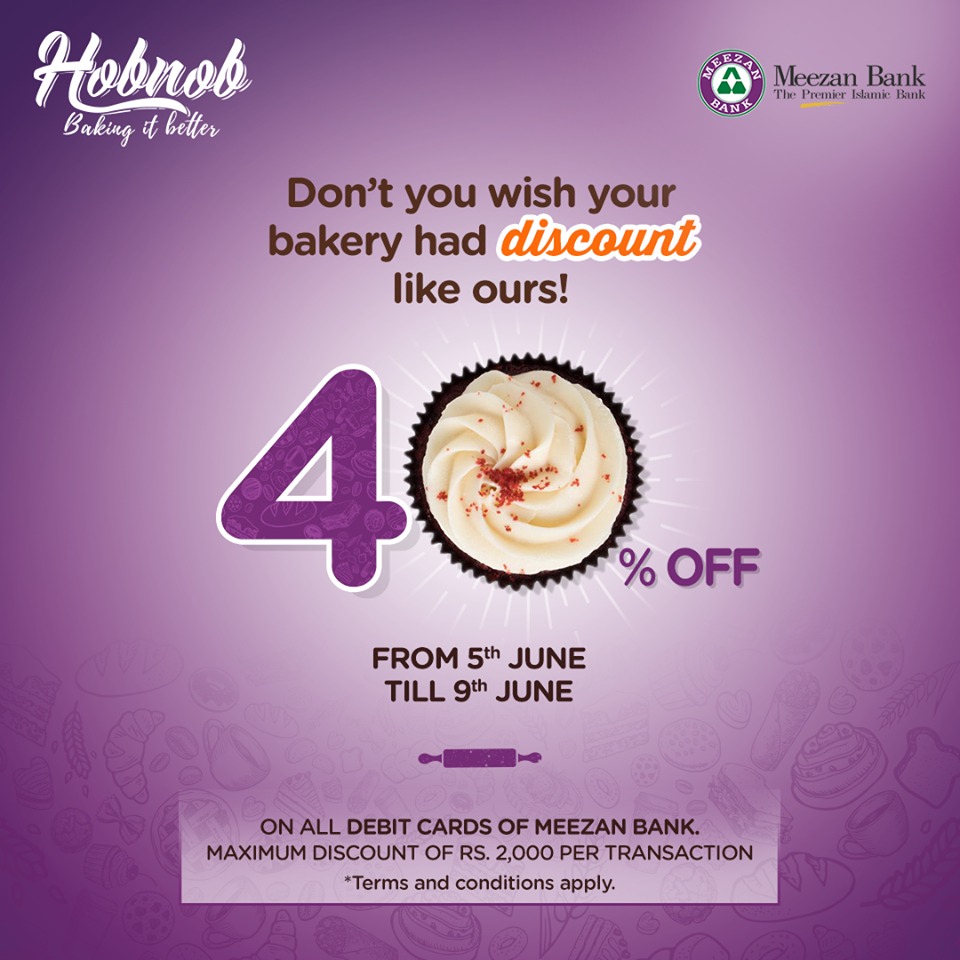There will always be those in the catering and hospitality industries who view restaurant menus as nothing more than functional communication tools. However, those who know the trade better than anyone else will swear by the fact that a killer menu design has the potential to not only improve the customer experience, but increase overall sales and performance at the same time – without actually changing what it is you sell.
According to e-printing.co.uk, it’s all about not only communication of what’s on offer, but making sure it’s appealing, easy to understand and generally attractively presented. After all, the menus you use are effectively the first line of attack for the products you’re looking to sell, so it really only makes sense to ensure they’re presented attractively and effectively.
Here’s a quick overview of just a few of the most important tips to follow when creating your own menus:
Logic
First of all, never forget that logic plays a key role in the success of any restaurant menu. In this instance, logic refers largely to something of an obvious running order which makes things as easy and familiar as possible for your guests. If you serve appetizers for example, these should go before main courses. Desserts generally come before drinks, specials are usually advertised right at the front and so on – all of which leads to a menu that’s easy to use and interpret in full.

Categorised
One of the most common areas in which business owners go wrong is when coming up with the categories for the various items in their menus. The best way of approaching categories tends more often than not to be that of using as few categories as possible to make sure nothing gets overlooked. If, for example, you have ‘Meat Mains’ and ‘Vegetarian Mains’ then chances are they’ll both get read in full, which isn’t the case if you had separate categories for beef, chicken, lamb, fish, turkey, pork and so on. If it’s possible, keep categories to a minimum.
Free Space
There’s generally nothing more off-putting than a menu that looks like a bunch of pages ripped straight from the middle of War and Peace. When you’re presented with a menu that’s crammed with thousands of words of text and a million and one options, the instant reaction is to get annoyed because a) it’s going to take ages to decide on what you want and b) you’re already half-starved! The world’s leading catering professionals and chefs swear by smaller menus with a limited number of items, though in the case of those where larger menus are necessary it’s crucial to make sure the menu is uncluttered, spacious and tidy.
Limit Pictures
When you visit any of the world’s finest restaurants, chances are you will not see a single picture of a finished dish in any of the menus. By contrast, head to a greasy-spoon café on the Cornish coast and chances are you’ll see more pictures than anything else. The problem with listing any kinds of pictures in menus is the way in which not only does it take away from the overall sense of professionalism, but any kind of fading over time will make what it is you sell look wholly unappealing. What’s more, dare to deviate from the way things look in the menu pictures and you’re in for a rather heady serving of complaints from dissatisfied customers.
Simple Descriptions
There will always be those who try to make things overly complicated just for the sake of sounding sophisticated, while others offer no descriptions at all and assume that their guests know what goes into every dish. The key however lies in finding a happy medium right down the middle, where everything is given a good description that makes sense and sounds appealing though doesn’t go OTT with the details.
Menu Quality
Last but not least, there’s little more unappealing than being presented with a restaurant menu that looks as if it has been printed on the cheapest paper in the world by way of a DIY home job and has after a few uses already become tatty, worn and faded. The menus you use are by rights charged with selling pretty much everything that keeps your business alive, so if you cannot make a good first impression here, you’re pretty much out of luck. As such, only ever go for premium quality materials and the most professional quality printing or risk facing severe consequences.


























Find Us on Social Media
A MarTech - Marketing and Technology Blog